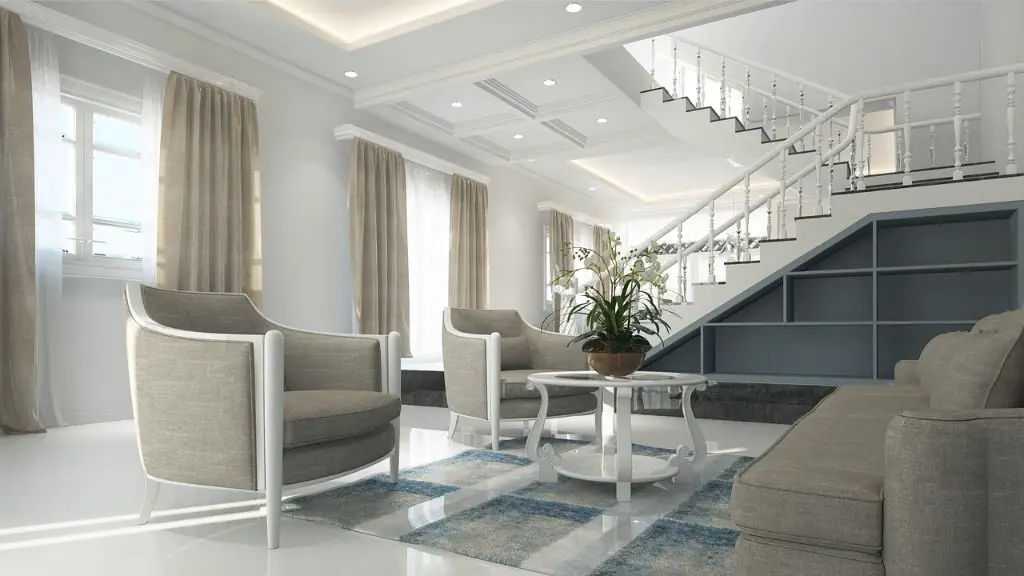User analysis in architecture is a design process used to gather, interpret and analyze user feedback in order to inform the design process. User analysis allows architects to consider the opinions and experiences of users in order to create the the most highly functional and user friendly design.
User analysis is frequently employed in service and product design, as it allows designers to gain valuable insight into the user experience. User analysis in architecture differs slightly as it specifically considers how users interact with the built environment. Buildings are design with a purpose defined by their end-users; architects must work to create a blueprint that meets their users’ needs and expectations.
The key element of user analysis in architecture is user participation. User studies are conducted by interviewing and observing users in order to gather data about how they will interact with a space and what requirements they may have. This data is translated into a design brief and used by architects to create designs that will meet their user’s needs.
In addition to interviewing and observing users, architects may also use photographs, surveys and interviews with stakeholders to gain an understanding of user needs. By combining qualitative and quantitative data, architects can have a better insight into the user experience and design better spaces to meet their needs.
User analysis in architecture also requires consideration of user’s comfort, safety and wellbeing. Architects must consider the physical and psychological aspects of the design process to ensure users feel safe and comfortable in the designed space. User comfort and safety is especially important in public spaces, like parks and public plazas, where users are likely to be spending long periods of time.
At its core, user analysis in architecture is about ensuring users can access and interact with a design in the most efficient and comfortable way possible. It is important to consider the user experience from the start, as design decisions can dramatically alter a user’s experience of a space. By taking the time to consider user feedback and needs, architects can ensure the design process takes into account user experience.
Measuring Performance
User analysis in architecture must involve measuring the performance of a design. Performance metrics are needed to assess how well a design is meeting user needs and can be used to identify problems and suggest solutions. Performance metrics should be tracked over time and evaluated in order to identify where improvements can be made.
Performance metrics can be used to gauge user satisfaction with a design. Surveys are often used to gather information from the users and can be used to assess user experience. Feedback from user surveys can be used to identify areas of improvement and inform the design process.
In addition to surveys, architects should also consider data gathered from observation studies in order to track user behaviour. Observations conducted in public spaces allow architects to observe how users interact with a design and can be used to identify areas of improvement.
Performance metrics are also important in assessing the usability of a design. Usability testing is typically conducted during the design process to identify areas that may need further improvement. Usability tests can be used to measure user experience and identify areas that are confusing or difficult to use.
Sustainability
User analysis in architecture must also consider sustainability. As the effects of climate change become more apparent, architects must consider how to create designs that are environmentally friendly and energy efficient. Architects must consider the materials, construction methods and energy efficiency of a design in order to create a sustainable design that meets user needs while also minimising its environmental footprint.
To create a sustainable design, architects must consider the lifecycle of a design. This includes considering the materials used, the construction methods required and the energy efficiency of a design. By considering sustainability during the design process, architects can create designs that are not only user friendly but also reduce their impact on the environment.
Environmental sustainability should also be considered when assessing user experience. For example, designs that incorporate green spaces can encourage users to interact with the environment in a positive way. Designs that create natural corridors and natural habitats can also encourage users to interact with nature, and can lead to a greater appreciation of the environment.
Sustainability must be considered in all stages of user analysis in architecture. Architects must consider how their designs can minimise the environmental impact of a design while also meeting user needs. User analysis should include user input on the sustainability of a design and the impact of the design on the environment.
Technology
User analysis in architecture must also consider technology. Technology is increasingly being used in the design and construction process and can be used to enhance user experience. Technology can be used to improve user experience by providing more interactive, engaging and personalised user experiences.
For example, augmented reality and virtual reality can be used to give users a more immersive experience of a design. Architects can use virtual reality to walk a user through a design before it is built, allowing users to gain a better understanding of a design before it is built. Augmented reality can also be used to create a more immersive experience, by allowing users to interact with a design in a virtual space.
Technology can also be used to enhance user safety and security. For example, building management systems such as security cameras, access control systems and fire alarms can be used to keep users safe and secure in a building. Technology can also be used to track and manage user activity within a building to ensure users are following safety protocols.
User analysis in architecture must consider the impact of technology on user experience. It is important to consider how technology can be used to enhance user experience, improve safety and security and create a more sustainable design. Technology can be a powerful tool to enhance the user experience of a design, but it must be used responsibly and with consideration for user needs.
Accessibility
When conducting user analysis in architecture, accessibility must also be taken into consideration. Accessibility is an important consideration in design, as it enables people of all abilities to access and use a design. Architects must consider how to make a design accessible to all users, including those with disabilities.
Designers must ensure that their designs are accessible for users in wheelchairs, as well as for users with visual or auditory impairments. Designers must consider the layout of a space, the height of furniture and doorways and the placement of handrails. It is also important to consider the lighting, colour schemes, signage and flooring of a design, as they can all affect accessibility.
Accessibility should also be considered when assessing user experience. It is important to consider how users with disabilities experience a design and identify any potential areas where the design may need further improvement. Accessibility should be considered when assessing user feedback, as the opinions of users with disabilities may differ from other users.
Accessibility must be considered when conducting user analysis in architecture. Designers must consider how to make a design accessible for all users and ensure that the design meets the needs of users with disabilities. Accessibility must be included in the design process, from the start, to ensure that all users can access and enjoy a design.
Inclusivity
In addition to accessibility, user analysis in architecture must also consider inclusivity. Inclusivity is the practice of creating designs that are accessible and welcoming to people of all backgrounds and abilities. Architects must consider how a design is experienced by different users when conducting user analysis and look for ways to create a design that is welcoming to all.
Inclusivity can be created through the use of colour, materials, signage and furniture. Architects must consider different cultures and lifestyles when creating a design and look to create a design that reflects the diversity of the people who will be using it. Inclusivity should be considered when assessing user feedback, as users from different backgrounds and cultures may have different opinions and experiences.
Inclusivity must be taken into consideration when conducting user analysis in architecture. Designers must create a design that is welcoming and accessible to people from all walks of life, and should be open to input from different users and stakeholders. By considering inclusivity, designers can create a design that is welcoming to all users and reflects the diversity of the users who will be using it.
Conclusion
User analysis in architecture is an important part of the design process and must consider user needs, performance metrics, sustainability, technology and accessibility. User analysis must take into account the perspectives of different users and stakeholders to ensure the design meets the needs of all who will be using it. By considering user feedback, performance metrics and sustainability, architects can create designs that meet user needs while also minimising their environmental impact. Technology can also be used to improve user experience, while accessibility and inclusivity must be taken into account to ensure all users can access and enjoy a design. Ultimately, user analysis in architecture is a crucial step in the design process that enables designers to create spaces that meet user needs and provide a great user experience.





